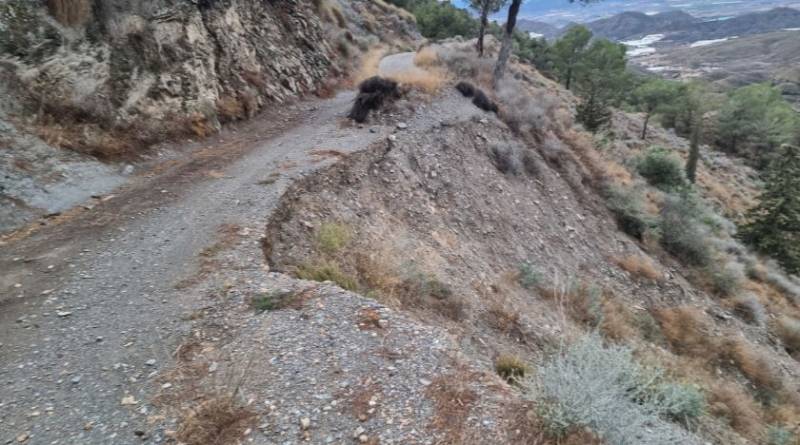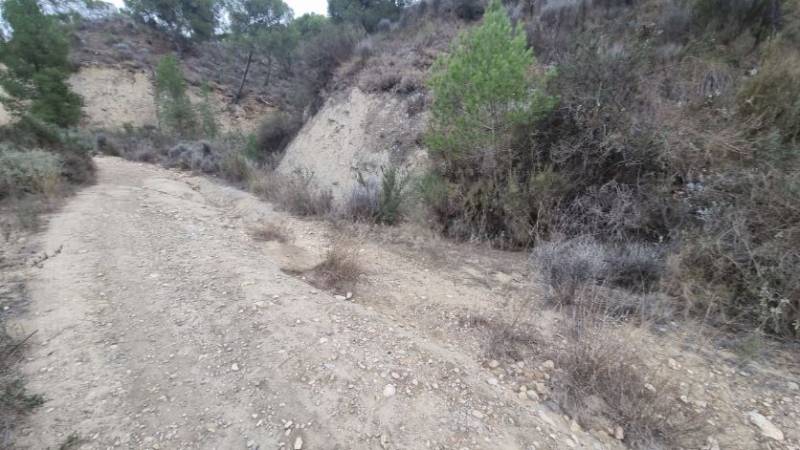

Guidelines for submitting articles to Santa Rosalia Today
Hello, and thank you for choosing Santa Rosalia.Today to publicise your organisation’s info or event.
Santa Rosalia Today is a website set up by Murcia Today specifically for residents of the urbanisation in Southwest Murcia, providing news and information on what’s happening in the local area, which is the largest English-speaking expat area in the Region of Murcia.
When submitting text to be included on Santa Rosalia Today, please abide by the following guidelines so we can upload your article as swiftly as possible:
Send an email to editor@spaintodayonline.com or contact@murciatoday.com
Attach the information in a Word Document or Google Doc
Include all relevant points, including:
Who is the organisation running the event?
Where is it happening?
When?
How much does it cost?
Is it necessary to book beforehand, or can people just show up on the day?
…but try not to exceed 300 words
Also attach a photo to illustrate your article, no more than 100kb

Murcia steps up fire prevention as forests face drought and pest outbreaks
New monitoring points, track upgrades and pest control measures will be introduced to reduce wildfire danger

 “The Region's forests are suffering continuous stress as a result of years of prolonged drought, extreme temperatures and high evapotranspiration, which is weakening our pine forests and exposing them to other risks such as the proliferation of pests and the increased prevalence of forest fires,” Minister Vázquez explained.
“The Region's forests are suffering continuous stress as a result of years of prolonged drought, extreme temperatures and high evapotranspiration, which is weakening our pine forests and exposing them to other risks such as the proliferation of pests and the increased prevalence of forest fires,” Minister Vázquez explained.See more environmental news about Spain:
OR
Sign up for the Spanish News Today Editors Roundup Weekly Bulletin to get a comprehensive email with all the week’s news for Spain, Murcia, Alicante and Andalucía.
Get a sneak peek – here are a few of our recent Subscription Bulletins:
Discount Special Offer subscription:
36.95€ for 48 Editor’s Weekly News Roundup bulletins!
Please CLICK THE BUTTON to subscribe.




























